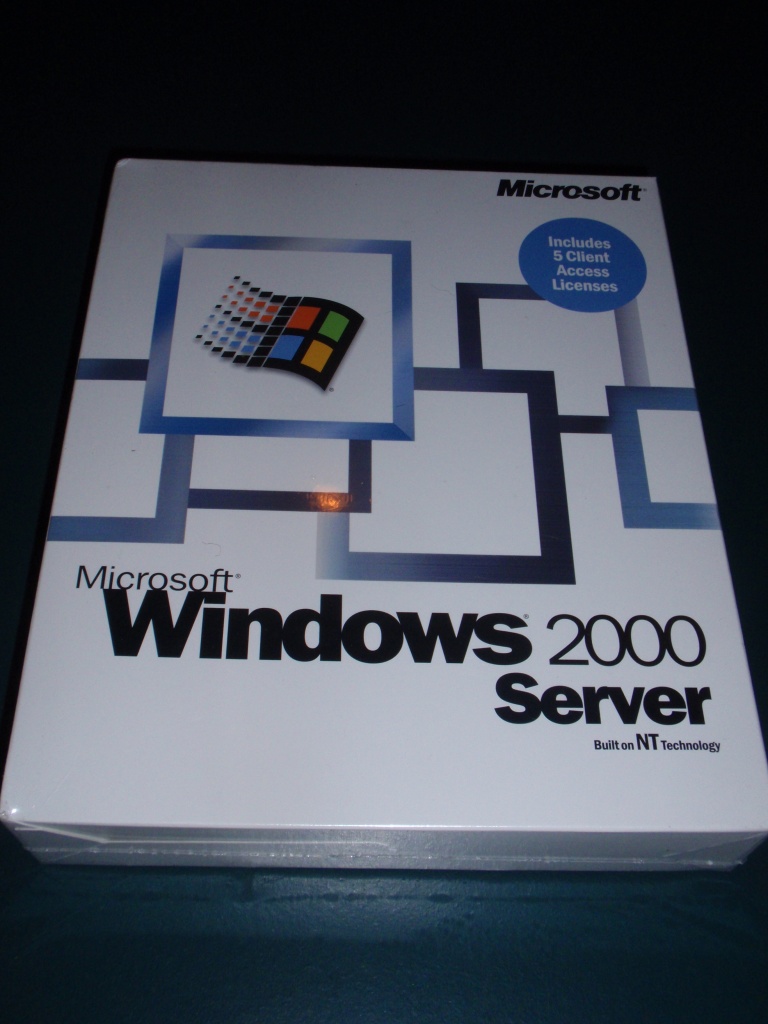Windows 2000 Server and Windows 2000 Advanced Server share the same user interface with Windows 2000 Professional, but contain additional components for the computer to perform server roles and run infrastructure and application software. A significant new component introduced in the server is Active Directory, which is an enterprise-wide directory service based on LDAP.
Furthermore, Windows 2000 introduced a Domain Name Server which allows dynamic registration of IP addresses.
Windows 2000 Server supports up to 4 processors, requires 128 MB of RAM and 1 GB hard disk space, however requirements may be higher depending on installed components.
Windows 2000 was succeeded by Windows XP Home and Professional Editions for
desktop systems in October 2001 and Windows
Server 2003 for servers in April 2003



